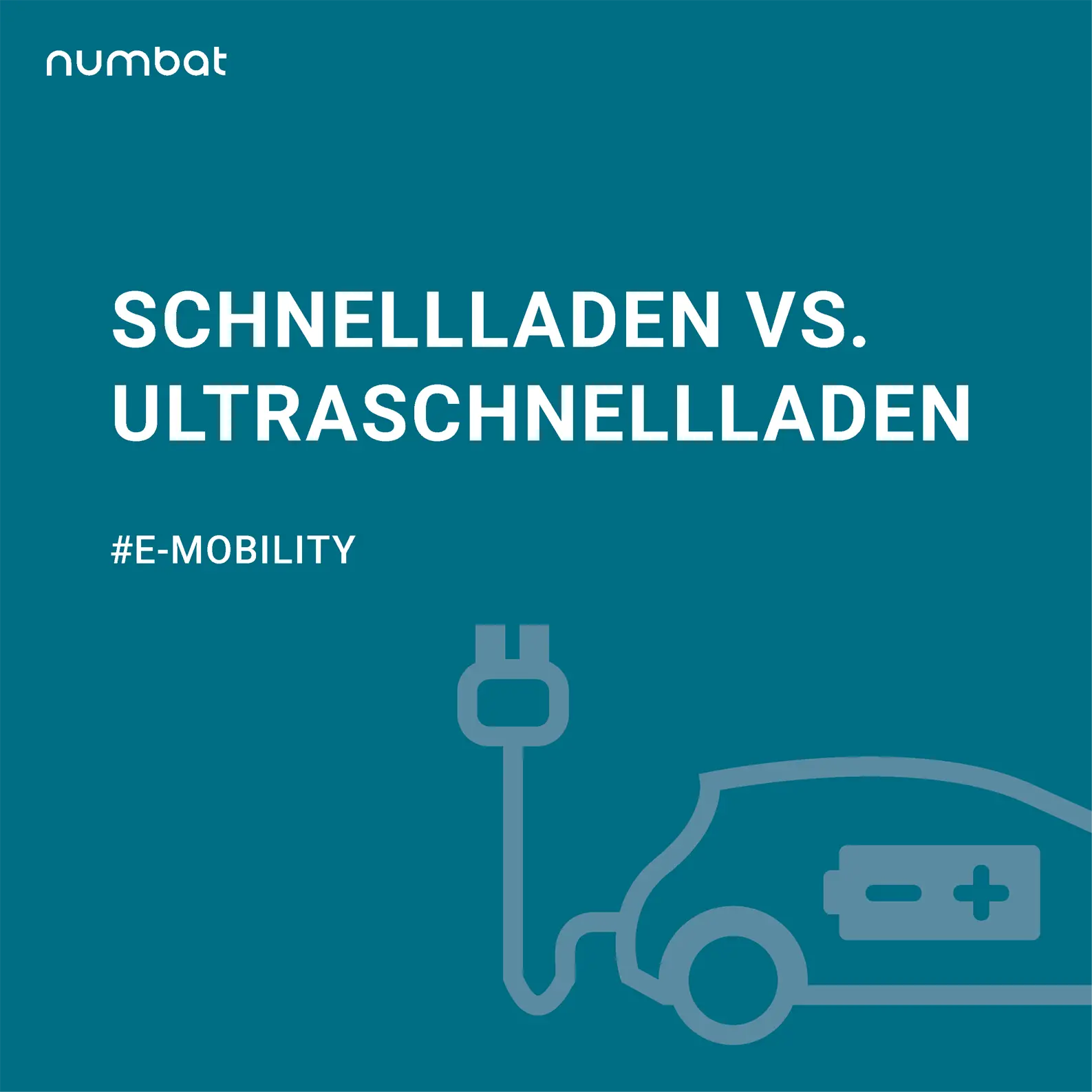Fast charging vs. ultra-fast charging: What is the difference?

Fast charging vs. ultrafast charging: What is the difference?
The terms “fast charging” and “ultrafast charging” are used in connection with electric vehicles and their charging time. But what is actually the difference? How much faster is ultrafast charging at all?
Basically, there are different ways to charge electric vehicles. Before we talk about the currently fastest charging variants, we will briefly explain what else is available:
“Home charging” with a wallbox.
Charging at home is an ideal and uncomplicated solution for anyone who has their own parking space with a power supply. The EV is usually charged here overnight with up to 11kW, in special cases up to 22 kW charging power, and is ready for use again the next day. By the way: If you do not charge at a wallbox, but use the “emergency charging cable” often supplied with the electric vehicle, you can charge with a maximum of 3.7 kW at a normal Schuko socket.
Normal charging
With the same charging power as home chargers, these require approx. 6 hours to charge assuming a battery capacity of 60 kWh. Both home chargers and normal chargers belong to the so-called AC charging stations. Here, alternating current enters the car, so that the so-called onboard charger must first convert this into the direct current (DC) required for the battery. It is the bottleneck in AC charging.
Fast charging
In principle, all charging stations with a charging capacity of 50 kW or more are fast charging stations. Example: With a battery capacity of 60 kWh, which is to be fully charged, the fast charging station requires approx. 40-70 minutes to charge an EV. However, there is another category in the field of fast charging, namely High-Power Charger.
High-Power Charging
The charging power is significantly higher here! With a charging power of 150 kW or more, electric vehicles can be charged in just a few minutes. Let’s stay with the example from above: With a battery capacity of 60 kWh, High-Power Charger can charge the EV in approx. 30 minutes. Our Numbat is also a High-Power Charger and can ultra-fast charge with up to 300 kW. This means we can fully charge a corresponding e-car in less than a quarter of an hour!
Unlike home chargers and normal chargers, fast charging stations and ultra-fast charging stations charge with direct current (DC), which can be taken directly from the battery. A CCS plug is used for all fast charging points. (Combined Charging System, also known as Combo 2). This is the standard plug for fast charging stations and is compatible with all fast-charging vehicles.
Watch out: It is important to note that not all electric vehicles are designed for High-Power charging. The power of a charging station cannot be absorbed equally by every battery, which is why it is automatically reduced. The charging process is thus always safe!